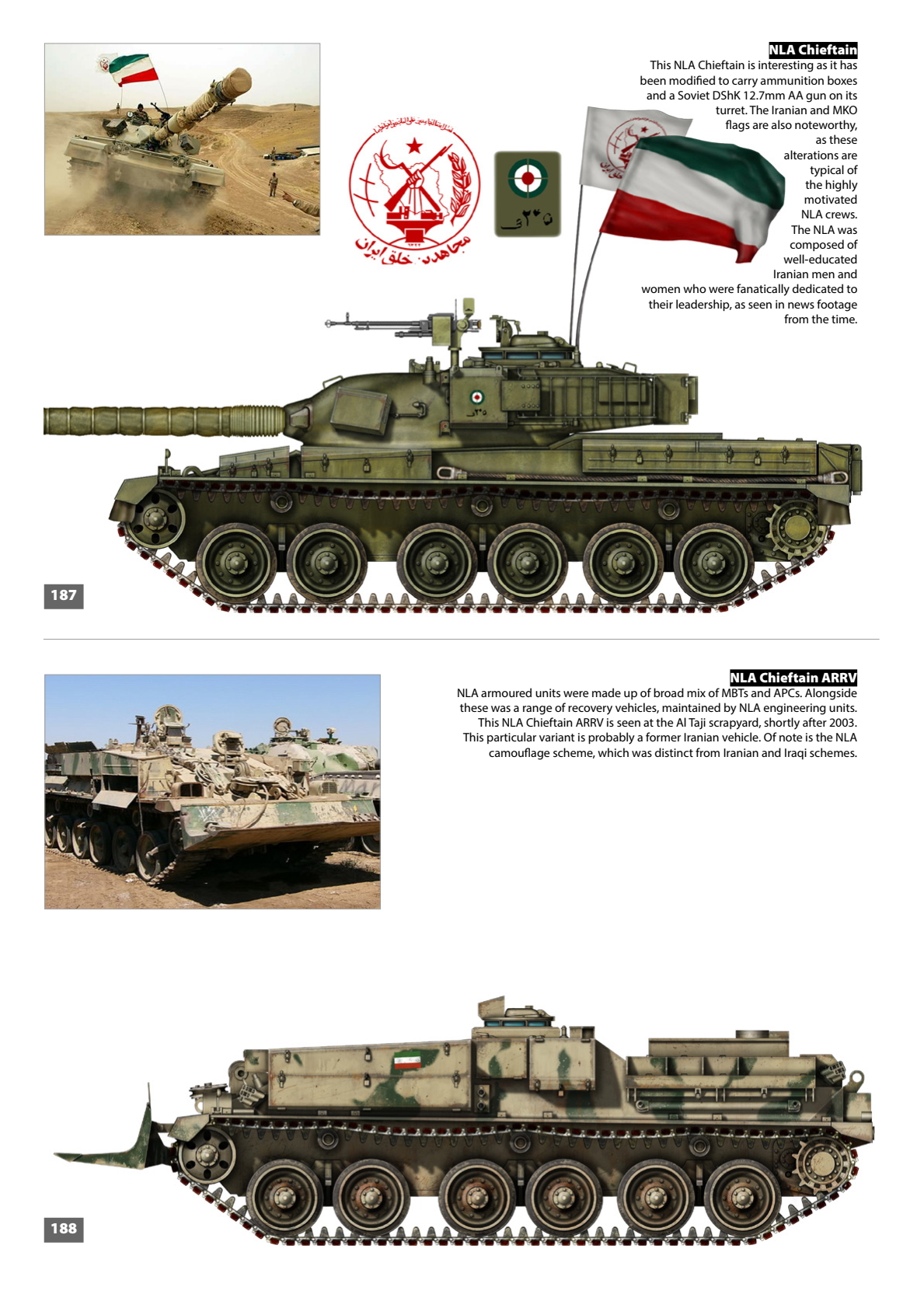
The People’s Mujahedin Organization of Iran, also known as the Mojahedin-e Khalq Organization, started life as a left-wing revolutionary group, largely composed of third-level university students. Though its ideology has evolved since its foundations in the 1960s, the MKO espouses an egalitarian, classless society based on Islamic principles; it has been described by many government agencies, including the UN Human Rights Commission, as a cult.
The MKO contributed extensively to the revolution against the Shah, but when it became clear that the new Islamic regime of Ayatollah Khomeini would not share power with any other revolutionary groups, the MKO turned to mass protests, leading to arrests and executions of MKO members and their supporters. They then quickly turned to assassinations and bombings of regime employees and Revolutionary Guards. In response, the Revolutionary Guards raided MKO headquarters in a violent crackdown, killing many, including the MKO leader Massoud Rajavi’s first wife. Many of the MKO then fled into exile, with the leadership setting up headquarters in France.
With Iraqi forces having been pushed out of Iranian territory by 1982, they contended that the Iran-Iraq War should be ended with a negotiated settlement. To this end, Rajavi entered into an open alliance with the Ba’ath, and resumed terrorist attacks inside Iran. Thus, the MKO began to be seen as traitors by the vast majority of Iranians, which hamstrung their goal of regime change in Tehran. After being deported from France as part of a deal to free French hostages in Lebanon, the MKO then re-established itself in Iraq at the invitation of Saddam himself.
From 1986 onwards, the MKO and its armed wing, the National Liberation Army of Iran, were held in considerable trust and esteem by the Ba’ath. The Iraqis supplied the NLA vast numbers of main battle tanks, trucks, APCs, armoured cars, and engineer equipment. The NLA forces now fought side by side with Iraqi forces, attacking their fellow Iranians for the last two years of the war. As the war came to a close, the MKO participated in Operation Forty Stars, the June 18, 1988 attack on the Iranian city of Mehran. This operation involved massive air strikes and nerve gas attacks, leading to the capture of much Iranian military equipment and 3,500 Iranian casualties. Though the war was nearly over, the NLA planned one last offensive that would become a watershed event in MKO history.
On July 26, 1988, six days after the ceasefire ending the Iran-Iraq War, the NLA poured over the border into Iran in Operation Eternal Light. After destroying the Iranian town of Eslamabad-e Gharb, a force of 7,000 NLA troops (which included many women soldiers), in convoys of IFA W50 trucks and EE-9 Cascavel armoured cars, pushed into Iranian territory assuming they would be met with cheering crowds. Instead, they were decimated by the regime’s helicopter gunships and strike aircraft. By July 29, the NLA survivors withdrew from Iran, leaving behind an estimated 1,400 to 4,500 casualties. Following the operation, the regime executed thousands of long-term MKO prisoners, along with many other political prisoners. The NLA base at Camp Ashraf, north of Baghdad, would become a target for Iranian airstrikes and ballistic missile attacks.
After Saddam’s massive defeat in Kuwait, NLA forces assisted Republican Guard units in quelling the resulting Shi’a and Kurdish uprisings in Iraq. Indeed, Maryam Rajavi, a co-leader of the MKO, exhorted her forces to “take the Kurds under your tanks, and save your bullets for the Revolutionary Guards.” With the 2003 invasion of Iraq and a new Shia government in Baghdad with close ties to Iran, the MKO’s days in Iraq drew to an end. The MKO handed over 2,000 pieces of equipment to the US military, and much of it was taken to the Al Taji scrapyard as seen in the next chapter. Many of the surviving 3,800 members of the MKO were airlifted from Iraq to Albania, where they currently wait out events to see if they may play a new role in the turbulent geopolitics of the Middle East.